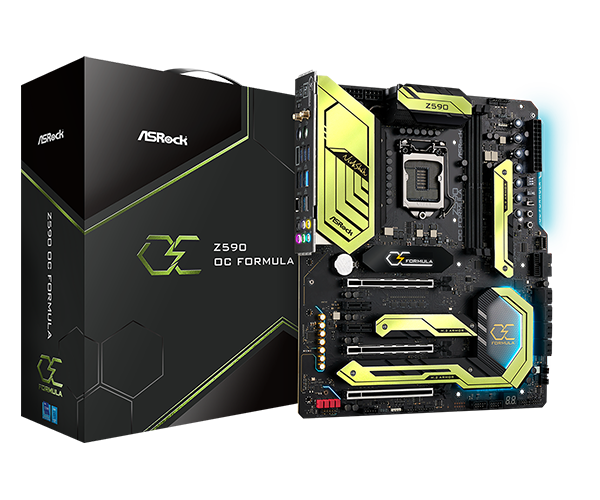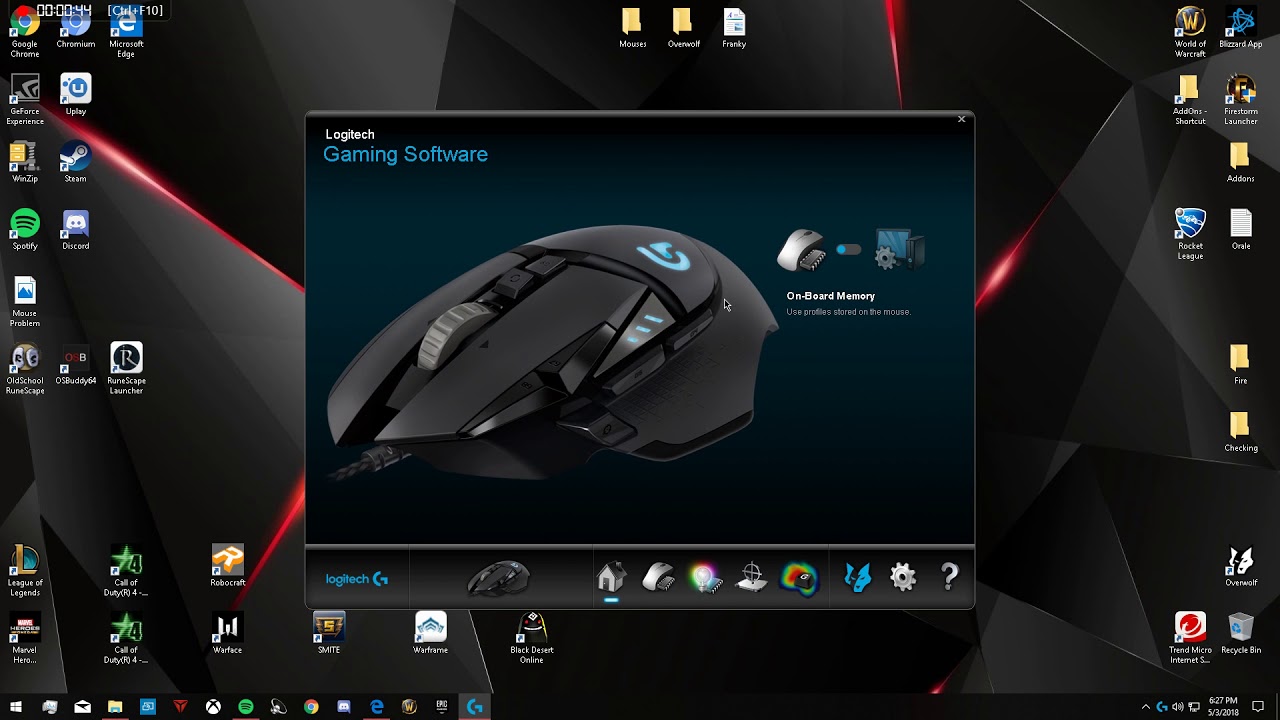Booting from a USB device is a widely-used method for installing operating systems on PCs, including those equipped with ASRock motherboards. With the decreasing popularity of traditional bootable devices like CD/DVD drives, USB installation media offers a convenient and efficient alternative. This comprehensive guide will walk you through the process of booting from a USB on an ASRock motherboard, providing various options and troubleshooting tips for a successful installation.
- Use the Boot Device Menu to Boot from USB: One of the simplest ways to boot from a USB device on an ASRock motherboard is by utilizing the boot device menu. Follow these steps:
- Insert the USB installation media into your computer.
- Restart or power up the computer and keep an eye out for the manufacturer’s logo.
- As soon as the logo appears, press the designated key(usually F11) to access the boot menu.
- The boot menu will display a list of available boot devices. Locate your USB flash drive from the list and select it by pressing Enter.
Note: In some older ASRock motherboards, you may need to use specific USB ports that support Legacy mode to use these installation drives. If you encounter any issues, consult your motherboard’s user manual to identify the appropriate ports.
Change Boot Order
If the boot device menu doesn’t display the USB installation drive or you prefer an alternative method, you can adjust the boot order in the BIOS or UEFI settings. Here’s how:
Power up or restart your computer and look for the manufacturer’s logo screen.
As the logo appears, press the designated key(usually F2 or Del) repeatedly to enter the BIOS or UEFI setup.
Once inside the BIOS or UEFI, navigate to the Boot Priority or Boot Order section(location may vary).
Locate the USB boot device in the list and move it to the top of the priority or order by using the appropriate keys.
If the USB device is not listed, ensure it is properly connected or try different USB ports.
Exit the BIOS/UEFI by saving the changes(usually by pressing the Esc key and selecting Yes).
Restart your computer and let it boot normally. The system should automatically detect and boot from the USB device.
Use Boot Override Option
For modern ASRock motherboards, there is an additional option called “Boot Override” that allows you to manually select a boot device without modifying the boot order. Here’s how to use it:
Access the BIOS/UEFI interface by pressing the designated key(usually F2) when the manufacturer’s logo appears during startup.
If needed, switch to Advanced mode(usually by pressing F6) to access more options.
Navigate to the Exit tab.
Look for the Boot Override section(if available), which displays a list of boot devices.
Highlight the USB device on the list and press Enter to initiate the boot process.
Use Advanced Startup Options
If you already have a Windows system installed on your computer, you can leverage the Advanced Startup or Windows Recovery mode to boot from a USB device. Here’s how:
Power up or restart your computer and reach the login screen.
Click on the Power button, then press and hold the Shift key while selecting Restart.
The computer will restart and display the Advanced Startup Options.
Choose “Use a Device” and select “USB” or “EFI USB Device” from the available options.
Troubleshooting Issues with USB Boot on ASRock
While booting from a USB device may seem straightforward, you may encounter some issues due to improper USB installation media or misconfigured BIOS/UEFI settings. Here are some troubleshooting tips:
Check BIOS/UEFI Settings
Access your BIOS/UEFI settings and ensure the following configurations are appropriately set:
-
- Disable Fast Boot: Fast Boot bypasses certain boot processes to speed up boot time but may skip the option to choose another boot device. Disabling this option ensures you have access to the boot device menu.
- Compatibility Support Module(CSM): Depending on how you created your USB installation media, you may need to enable or disable the CSM. This mode enables Legacy BIOS support, which can conflict with UEFI or GPT compatible USB installation drives. Disable the CSM if you have a UEFI or GPT-based USB media, or enable it for an MBR-based Windows setup.
- Secure Boot: If Secure Boot is enabled in your UEFI but your installation media lacks the necessary digital signature, the system won’t be able to use it as a boot device. You may need to temporarily disable Secure Boot while booting from the USB device. Adjust the Secure Boot settings accordingly.
Create Proper USB Installation Media
To ensure the USB installation media works properly as a boot device, it must be compatible with your motherboard. Consider the following:
-
- UEFI vs. Legacy BIOS: Determine whether your motherboard uses UEFI mode or Legacy BIOS mode. Most modern systems utilize UEFI mode, which is compatible with the GUID Partition Table(GPT) storage disk by default. Older systems may use Legacy BIOS, requiring a Master Boot Record(MBR) disk instead of GPT.
- Partition Scheme: The partition scheme of your USB installation media should match that of your computer. If you plan to boot into a GPT-based Windows installation, your motherboard must support UEFI mode and the USB media should also have a GPT partition scheme. Conversely, if you intend to install Windows in Legacy BIOS mode, you will require an MBR-based USB media.
- Creating the USB Installation Media: To create a bootable USB drive, you can use the Media Creation Tool provided by Microsoft. This tool ensures compatibility with your Windows setup. Alternatively, you can download or create an ISO file for the Windows setup and use third-party tools like Rufus, which offer more customization options, including selecting the partition scheme(MBR or GPT).
Conclusion
Booting from a USB device on an ASRock motherboard is a straightforward process, allowing you to install an operating system or troubleshoot system issues effectively. By utilizing the boot device menu, adjusting the boot order, using boot override options, or accessing the Advanced Startup options, you can easily select the USB media as the primary boot device. In case of any complications, checking the BIOS/UEFI settings and ensuring the creation of proper USB installation media are essential for a successful boot process.
Experiencing difficulties with your Device, check out our “How To” page on how to resolve some of these issues.








